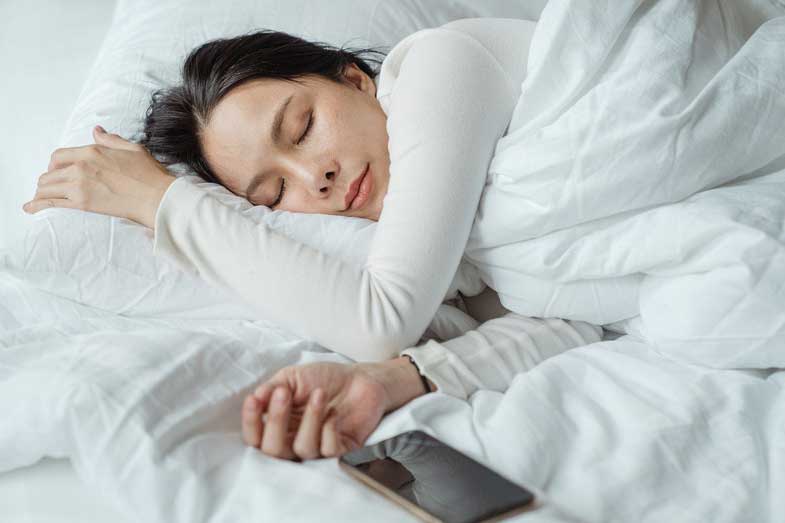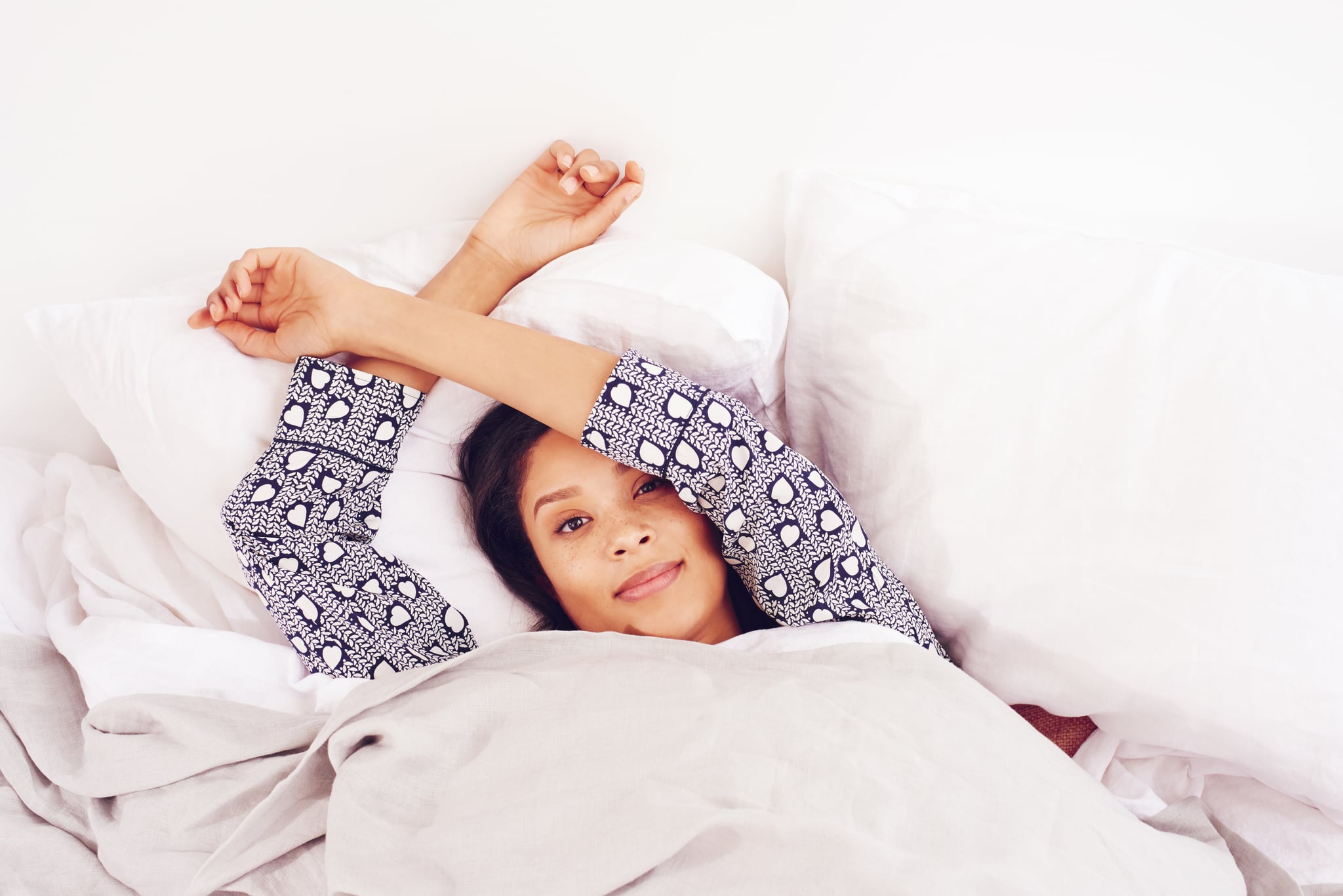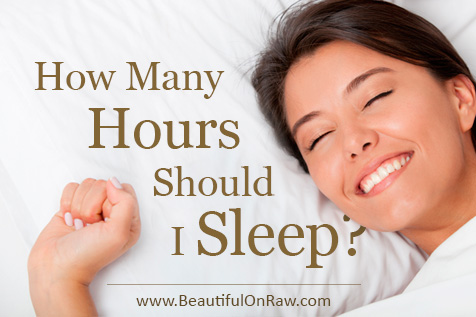

In the evening hours, it's important to maintain low lighting, and allow your body to undergo its natural physiological move toward sleep.

The lux values of your environment at night will influence how easily your body prepares for sleep.

The moon generates values under a single lux.Ī typically-lit home, with lamplight and overhead light, as well as light from outside, may have lux readings in the range of 300-500. At night when darkness falls, lux values plummet. Now imagine a cloudy winter day, when the sun is farther from you and obscured: a typical lux measurement on a day like that might be as low as 1,000. Here's a little perspective on lux: On a sunny summer day, your environment might be in the range of 150,000 lux. Lux can be used to measure all types of light, both natural light and artificial light, and these values can vary tremendously depending on both the source of light, its power, and its proximity. Lux measurements are also commonly referred to as "incident light." Using lux, indoors and out Lumen values can tell you how bright a light bulb is, but lux values can give an indication of how bright that light is in the space in which it-and you-reside. Lux takes lumen values and factors in the surface area over which light spreads. So when we're thinking about our exposure to light, it's not just the intensity of light itself that matters, it's also our distance from the light. As light moves from its source, it disperses and its intensity changes. Lumen is a measurement of light intensity or brightness, also known as radiance, at the source of the light itself. There are a couple of measurements that are important in the world of light and dark: lumen and lux. Understanding how light is measured can help you manage your exposure to light more thoughtfully, and with an eye toward improving your sleep. The widespread use of digital technology-and the light emitted from all those screens-has introduced another highly disruptive challenge to sleep. Artificial light, inexpensive and ever-present, wreaks frequent havoc on sleep without many people even being aware of its detrimental effects. The advent of electricity in the 20th century fundamentally changed our relationship to light and dark, and posed serious new challenges to sleep. Light as a modern sleep problemįor most of history, humans did not need to seek out darkness. Evening light exposure inhibits the naturally timed rise of melatonin, which delays the onset of the body's transition to sleep and sleep itself. Levels of melatonin then fall during the early morning and remain low during much of the day. Melatonin levels naturally rise during the early evening as darkness falls and continue to climb throughout most of the night, before peaking at approximately 3 a.m. This signal helps initiate the body's physiological preparations for sleep-muscles begin to relax, feelings of drowsiness increase, body temperature drops. Melatonin, a hormone produced in the brain's pineal glad, is often known as the "sleep hormone" or the "darkness hormone." Melatonin influences sleep by sending a signal to the brain that it is time for rest. Light exposure at the wrong times alters the body's internal "sleep clock"-the biological mechanism that regulates sleep-wake cycles-in ways that interfere with both the quantity and quality of sleep. The absence of light sends a critical signal to the body that it is time to rest. How darkness influences sleepĭarkness is essential to sleep. Insufficient darkness throughout the night can lead to frequent and prolonged awakenings. Light exposure during the evening can make it harder to fall asleep. Light exposure at night also stimulates alertness-and that can pose a serious problem for healthy, abundant, refreshing sleep. Exposure to light early in the day stimulates the body and mind, encouraging feelings of wakefulness, alertness, and energy.


 0 kommentar(er)
0 kommentar(er)
